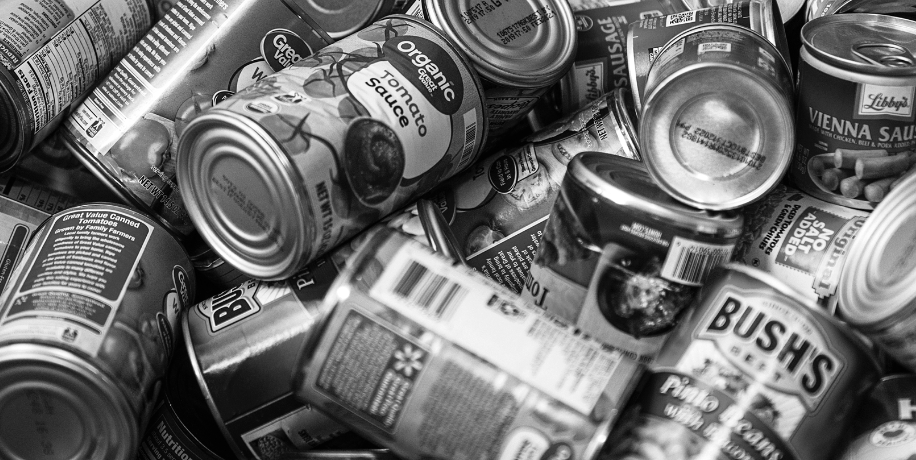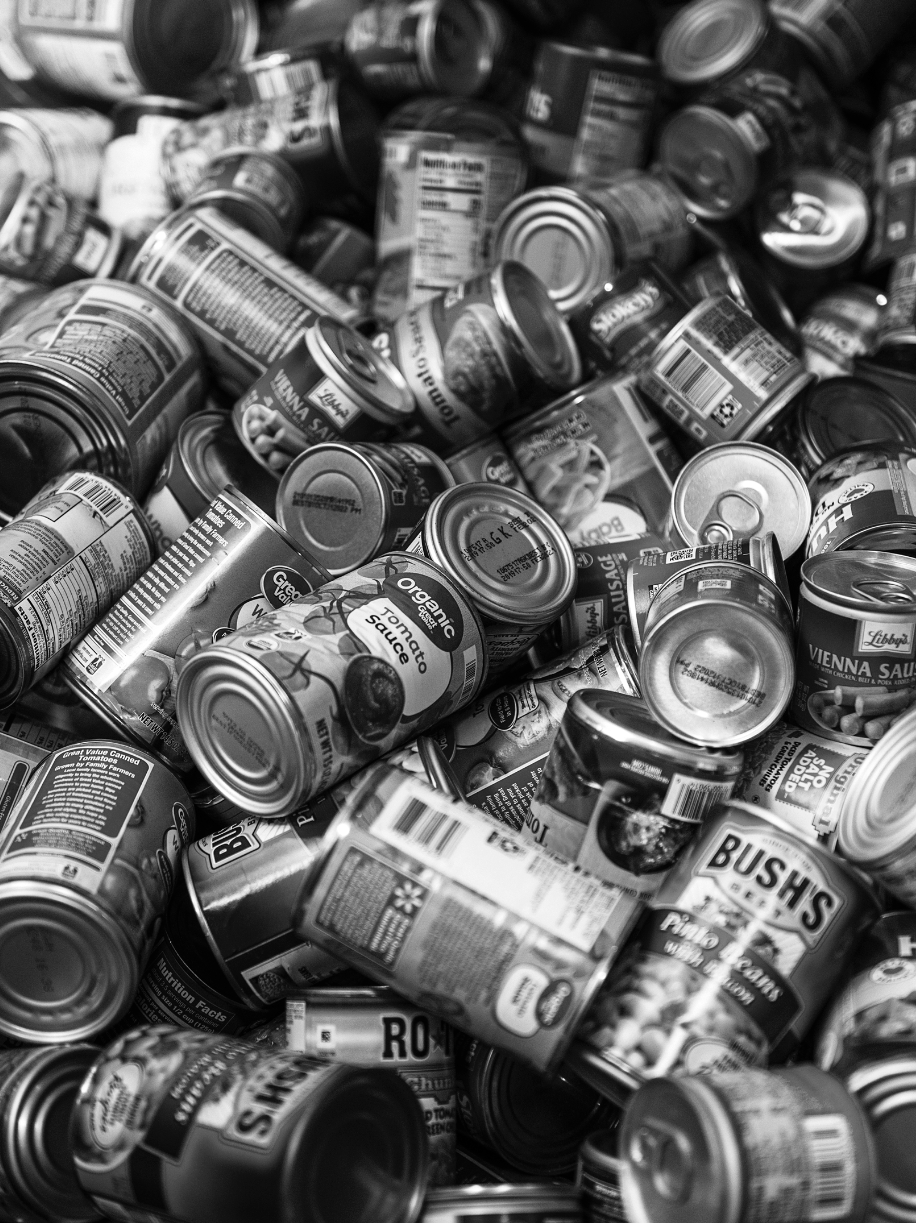The Next Front Line of the Coronavirus Pandemic is Food Insecurity

It's been nearly a year since the virus that changed everything arrived in America, and we’re starting to grasp the impact the coronavirus will have on our bodies and our communities. Before the pandemic, more than 37 million people lived in households that couldn’t afford or didn’t have access to proper amounts of nutritious food. (Keep in mind that households with children, too, are more likely to struggle with food insecurity.) Even if the number was the lowest we've seen since the Great Recession, it's still a horrifying amount that experts believe will grow by as many as 17 million this year due to increasing unemployment rates.

With food insecurity quickly becoming the next frontline of the coronavirus pandemic, food banks and pantries in the United States are now under increased pressure, working to feed as many people (many of whom aren't eligible for federal nutrition programs) as they can as the hunger crisis worsens. To help food-insecure people in need of meals, Esquire and its parent company, Hearst Magazines, have teamed up with Feeding America. The hunger relief organization sets up food banks around the country, including locations in Baltimore, Tampa, and Houston, the last of which prepares food for up to 5,000 people per day. At its food banks, Feeding America serves everything from canned goods, to fresh fruits and vegetables, to grab-and-go meals for children.
If you’re able, we encourage you to donate as well by visiting Feeding America's website.
You Might Also Like

 Yahoo News
Yahoo News 
